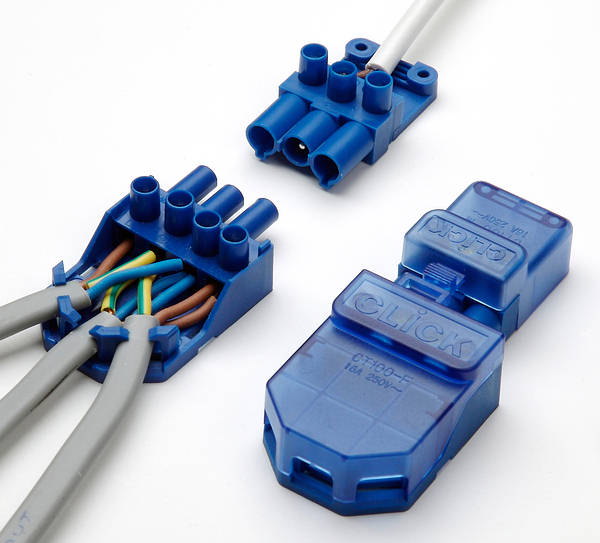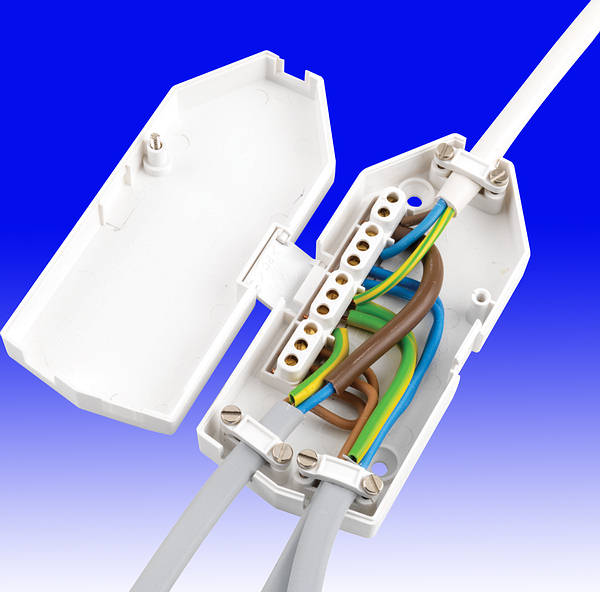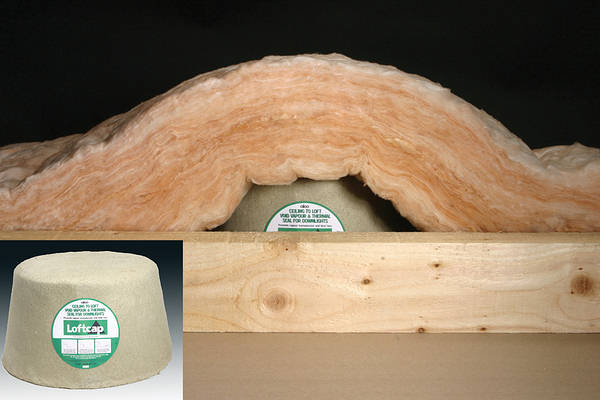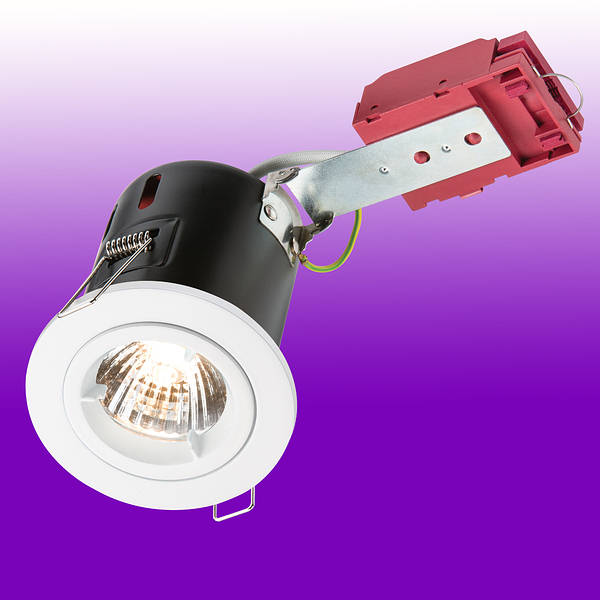A
attractivebrunette
I DO understand the concept of daisy chaining! But there isn't just one type of daisy-chaining when it comes to electrics just like there isn't just one junction box. That's why I've come on here to ask for help!
It seems I don't understand what I'm doing because people are deliberately being vague in their replies, so when I ask questions about their responses they seem like stupid questions.
Could someone PLEASE just clearly tell me how to connect down lights in sequence! Stop telling me I'll cause a fire, stop telling me to take the whole ceiling down, stop asking me which room this is, stop telling me to "stop phaffing about", stop saying "YOU'VE BEEN TOLD ALREADY!" just give me the advice I've asked for!
I will then decide for myself, on the basis of how difficult the job is, whether to get an electrician in!
It seems I don't understand what I'm doing because people are deliberately being vague in their replies, so when I ask questions about their responses they seem like stupid questions.
Could someone PLEASE just clearly tell me how to connect down lights in sequence! Stop telling me I'll cause a fire, stop telling me to take the whole ceiling down, stop asking me which room this is, stop telling me to "stop phaffing about", stop saying "YOU'VE BEEN TOLD ALREADY!" just give me the advice I've asked for!
I will then decide for myself, on the basis of how difficult the job is, whether to get an electrician in!









